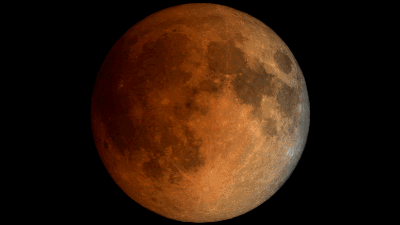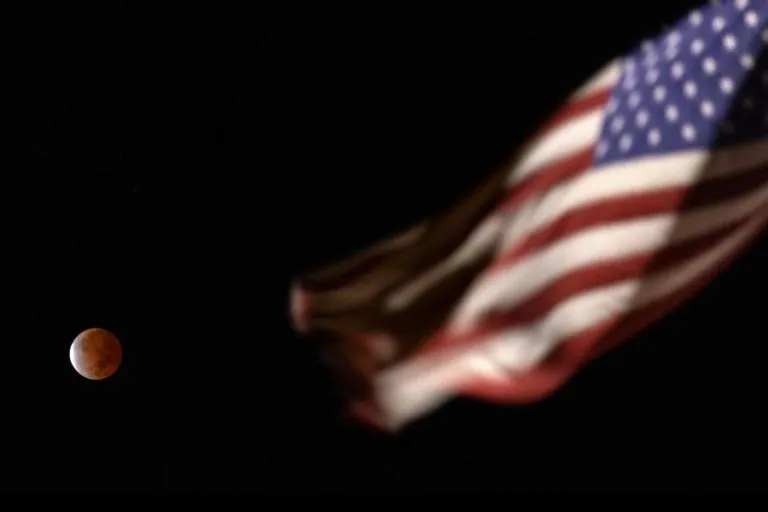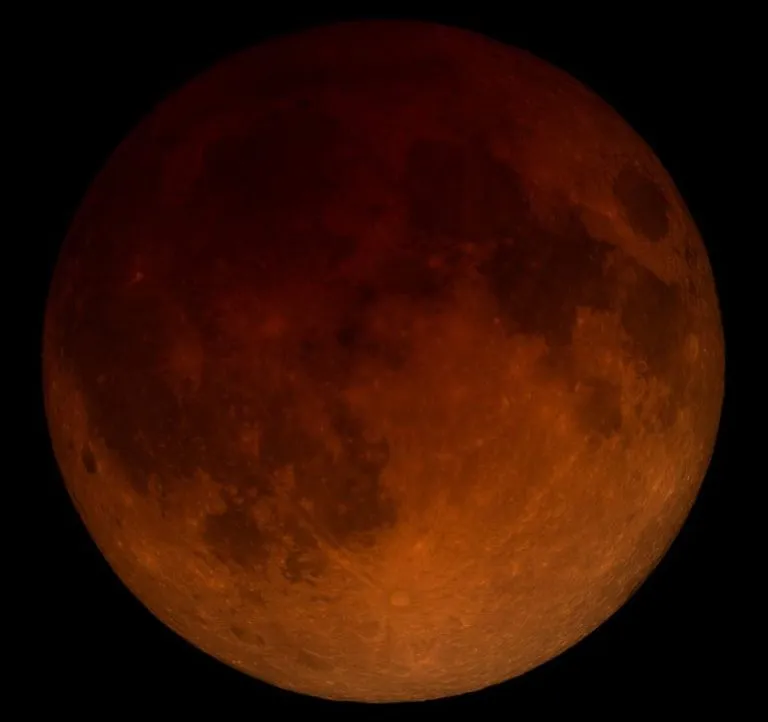From the evening of May 15 to the early morning of May 16, 2022, astronomical observers will see a spectacular celestial phenomenon: total lunar eclipse, which occurs every 1.5 years or so When a total lunar eclipse occurs, the moon, the earth and the sun are completely in a straight line, the earth is in the middle, and the whole moon enters the umbra of the earth. There may be several partial lunar eclipses every year, but total lunar eclipses are rare. Most importantly, unlike the precautions that must be taken to safely observe a total solar eclipse, it is completely safe to watch a total lunar eclipse with the naked eye. Even so, binoculars or a powerful telescope can certainly greatly enhance the experience.

The partial eclipse phase will begin over North America at 9:28 p.m. central daylight time on May 15. The total lunar eclipse will begin at 10:29 p.m. daylight time in central North America and end around midnight. After the total lunar eclipse, the partial lunar eclipse will end at 12:56 a.m. on May 16, two and a half hours later.
This full moon was called "Flower Moon" by early native American tribes because it is the time of spring.

Astronomers Mitzi Adams and Alphonse sterling at NASA's Marshall Space Flight Center are particularly excited about observing the total lunar eclipse. One of the last such incidents they recorded occurred in January 2018. Then, the global covid-19 pandemic has hindered the total lunar eclipse viewing party in 2020-2021.
"It's exciting to go back and host the Astronomical Society in person, where it's safer to share telescope eyepieces," Adams said.
Unlike a total solar eclipse - when the moon's shadow on earth sweeps across land relative to the position of the sun, the ideal viewing range is limited to a "total solar eclipse path" about 100 miles wide - a total lunar eclipse has no such limit. Sterling said: "in those hours, half of the earth will be in darkness and you will be able to see it. You don't need to try too hard to find a good position. Just go outside!"
What can the audience expect to see? As the earth's shadow deepens on the lunar surface, it will turn dark red, and its intensity depends on the interference of the atmosphere.

It's not surprising that observers created the ominous phrase "Blood Moon", but the effect is completely natural. During a total lunar eclipse, most of the visible spectral light from the sun is filtered out. Only red and orange wavelengths reach the surface. Adams says blocking the moon's reflected light has another advantage.
"Having a moon means more visible stars. During a total lunar eclipse, if the sky is clear, we can even see the Milky Way itself as a hazy white Galaxy extending in a curved arc," she said
Sterling pointed out that the total lunar eclipse lasted for a long time, providing enough time for amateurs to try to shoot the event. He suggested using a traditional camera to try different exposure times to get the maximum effect.
Both he and Adams emphasized the value of putting the camera aside. "Just watching it happen. Looking at the moon, it's hard not to think of those who really walk there and those who will walk again soon - when NASA's Artemis plans to launch the next human explorer to the moon in the next few years," Adams said
Sterling said the most valuable aspect of the event is the opportunity to stimulate young people's curiosity. "We don't get a lot of groundbreaking astronomical information from total lunar eclipses, but they are a good way to stimulate discussion and attract future astronomers and explorers," he said
You can learn more about total lunar eclipses in the following Videos: